Patrick Telfair was one of the most outspoken critics of the Georgia trustees. Telfair worked with Thomas Stephens, son of the secretary to the Georgia Trustees William Stephens, to organize the unhappy colonists or “malcontents” in an official campaign against the Trustees. Telfair was the primary author of the tract “A True and Historical Narrative of the Colony of Georgia in America.” Telfair wrote the tract as a reaction to William Stephens’s “A State of the Province of Georgia” which argued that there was wide support for the Trustees and their policies among the colonists in Georgia.
Telfair, Patrick, M.D., Hugh Anderson, Dr. Douglass and others. “A True and Historical Narrative of the Colony of Georgia in America, &c.,.” (1740) In Collections of the Georgia Historical Society, Volume II. Georgia Historical Society.
A True Historical Narrative of the Colony of Georgia in America
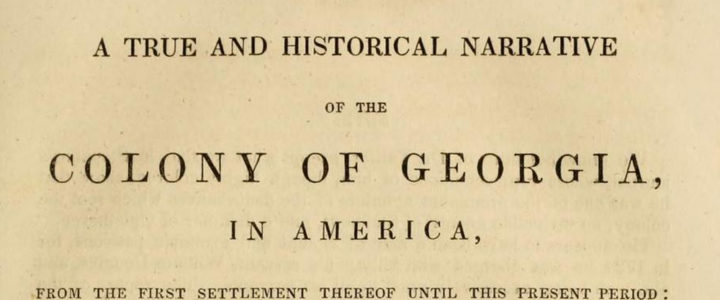

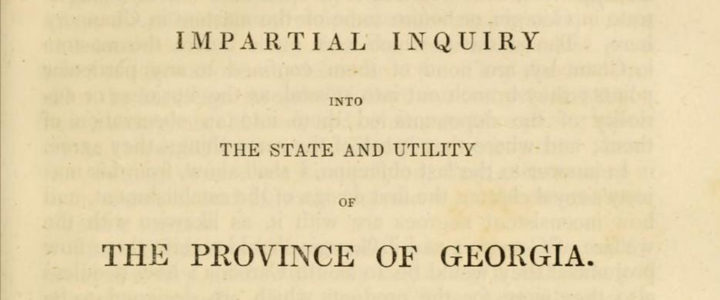
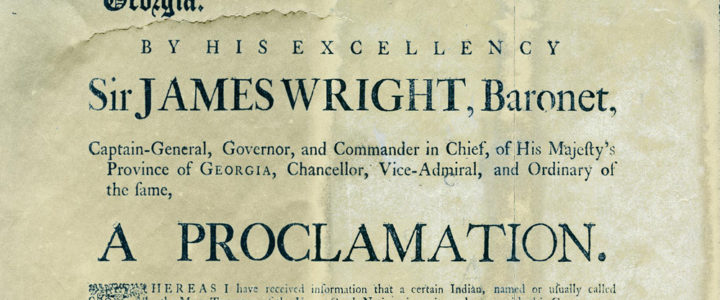
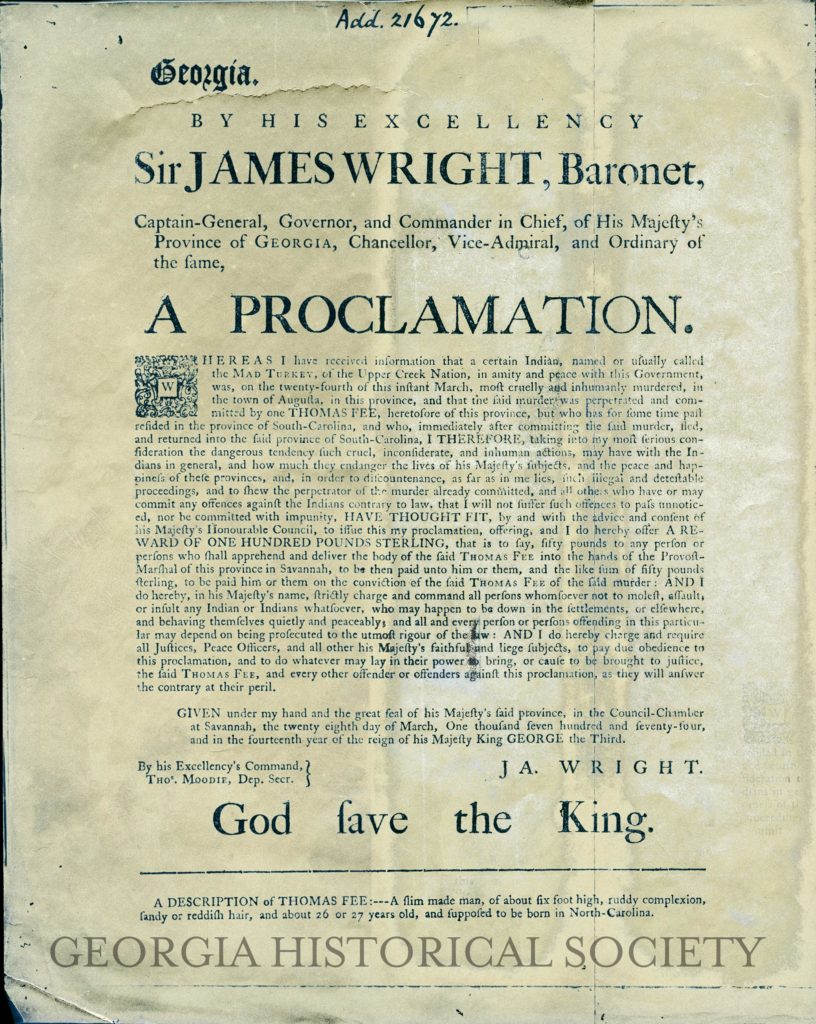
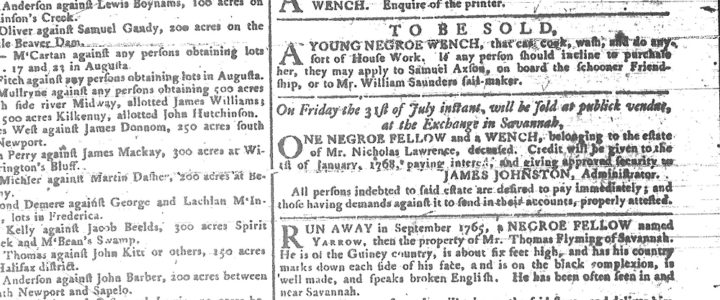

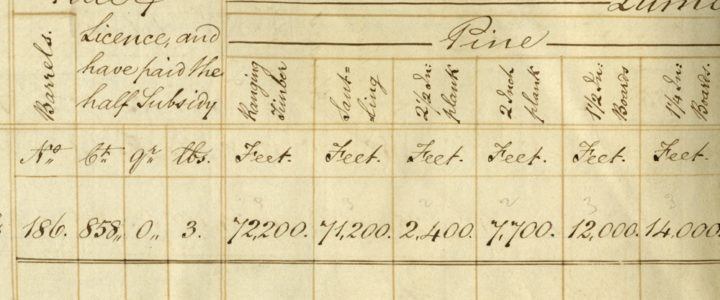

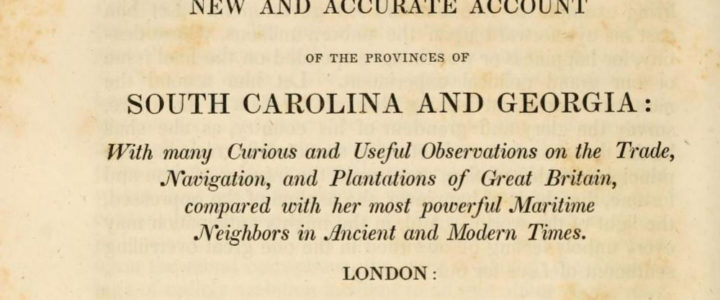
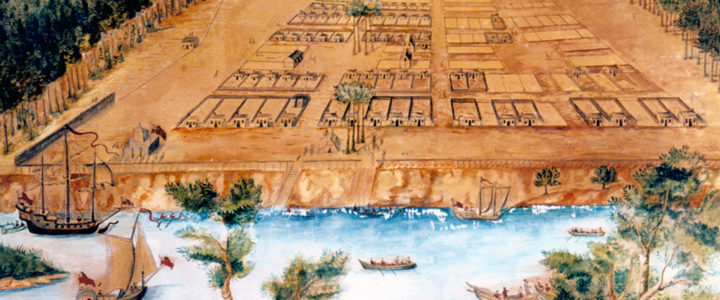
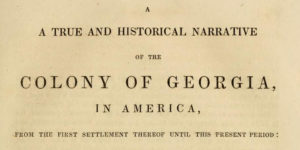


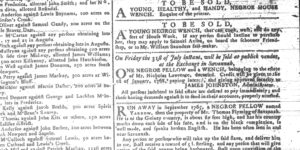
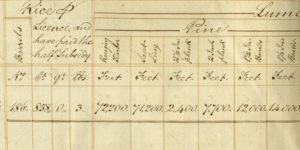

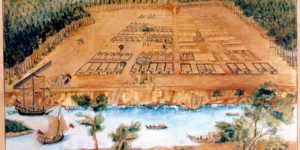
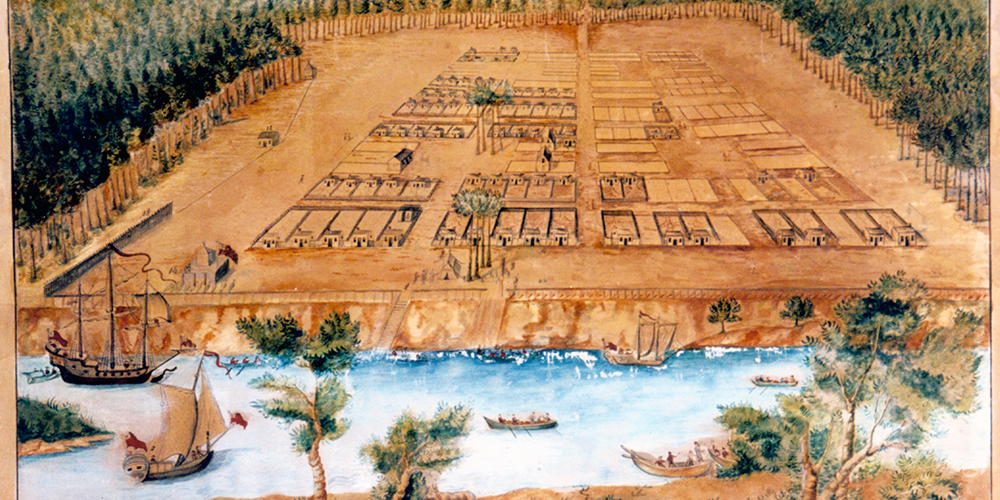

You must be logged in to post a comment.